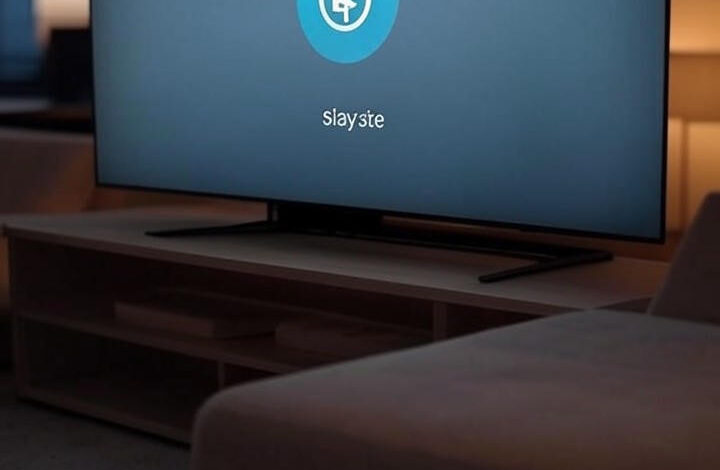Half of U.S. Homes Ditch Cable TV as Pay TV Penetration Plummets

UPDATE: In a groundbreaking shift, pay TV penetration in the U.S. has fallen below 50% for the first time, highlighting the rapid decline of traditional cable services. Recent analysis from Madison and Wall, shared via The Desk, reveals that the figure dropped to 50.2% in the third quarter of 2025 and is expected to plummet to 50% or lower by year’s end. This urgent development underscores a decade-long trend of cord-cutting as consumers choose more affordable streaming options.
The decline is stark and significant. Business Insider reports that cable executives previously dismissed the trend as insignificant, but the data now tells a different story. Industry analyst Brian Wieser states, “The business has been eroding for a decade, and it just crossed a symbolic milestone.” With average cable bills exceeding $100 monthly, viewers are increasingly turning to platforms like Netflix and YouTube TV.
The Streaming Surge Takes Over
Streaming’s dominance in viewer metrics is undeniable. According to Nielsen’s The Gauge, cable TV captured only 22.5% of U.S. television viewing in August 2025, marking a historic low. This decline reflects the ongoing shift towards on-demand platforms, as broadcast and cable continue to lose audience share. The rapid pace of cord-cutting accelerated dramatically in 2024, causing audience erosion and financial strain for cable providers.
Demographic shifts further amplify this trend. Social media posts from users like Mario Nawfal reveal staggering statistics: 50% of 18-24-year-olds and 46% of 25-34-year-olds no longer watch traditional TV. This generational pivot is reshaping the industry, with younger audiences favoring ad-supported streaming tiers over linear programming.
The financial fallout is dire for media giants. Companies like Disney and Warner Bros. Discovery are writing off billions in linear assets. Cable news channels are feeling the pinch, with Cord Cutters News reporting that networks like Fox News, MSNBC, and CNN experienced audience drops of up to 42% in Q3 2025, according to Nielsen data.
What Happens Next?
The implications of this trend are profound, threatening ad revenues that have long supported the cable model. Insiders in the industry note that while pay TV subscriptions once held steady during the early internet boom, they can no longer defy gravity. Analysts project that the sub-50% threshold will be reached by December 2025, as consumers continue to mix and match services to keep costs down.
Historically, cable’s golden era peaked around 2010, with nearly universal penetration. Fast forward to 2025, and projections indicate pay TV households will drop from a peak of 105 million in 2010 to around 70 million by the end of 2024.
Adaptation Strategies and Future Projections
Companies are scrambling to adapt. For example, Comcast launched a new linear sports channel in 2025, but many question its logic amid the streaming exodus. Meanwhile, streaming giants are experimenting with live events to capture cable’s last stronghold—sports.
However, the data shows that even older demographics are shifting away from cable. Despite some signs of resilience in the older audience, platforms like Evoca.tv confirm that younger viewers, particularly Gen Z, are largely unfamiliar with cable subscriptions, indicating a future dominated entirely by streaming.
Looking ahead, projections remain grim for traditional cable. Analysts anticipate further subscriber losses through 2025, driven by economic pressures and content fragmentation. As Matthew Cappucci warns, the cord-cutting movement is now the king of the entertainment landscape, forcing the industry to reconsider its distribution models.
In conclusion, the rapid decline of pay TV in America represents a seismic shift in media consumption. As only half of American homes retain cable, the implications for the future of entertainment are both alarming and transformative. The cord-cutting trend, once brushed off, is now a defining force shaping the industry.






